Anchor points in After Effects are the heart of every layer. They control how elements in your composition are scaled and rotated. A precise handling of the anchor point can make the difference between a frantic animation and a smooth, professionally-looking movement. In this guide, we'll show you how to effectively move, position, and even use multiple anchor points for complex animations.
Key Takeaways
- The anchor point is crucial for the position and movement of layers.
- With the anchor point tool, you can move the anchor point precisely without affecting the entire layer.
- Multiple anchor points can be created using null objects to enable more complex animations.
Step-by-Step Guide
To work effectively with anchor points, follow these steps. You will learn how to move them, position them correctly, and how to use multiple anchor points.
Step 1: Move the anchor point
You have probably already experienced that the anchor point is not where you need it. It is important to know this point exactly, as it significantly influences the movement of your layer. To move the anchor point, you can use the anchor point tool, which is also known as the cutting tool. Just press the 'Y' key on your keyboard to activate it.
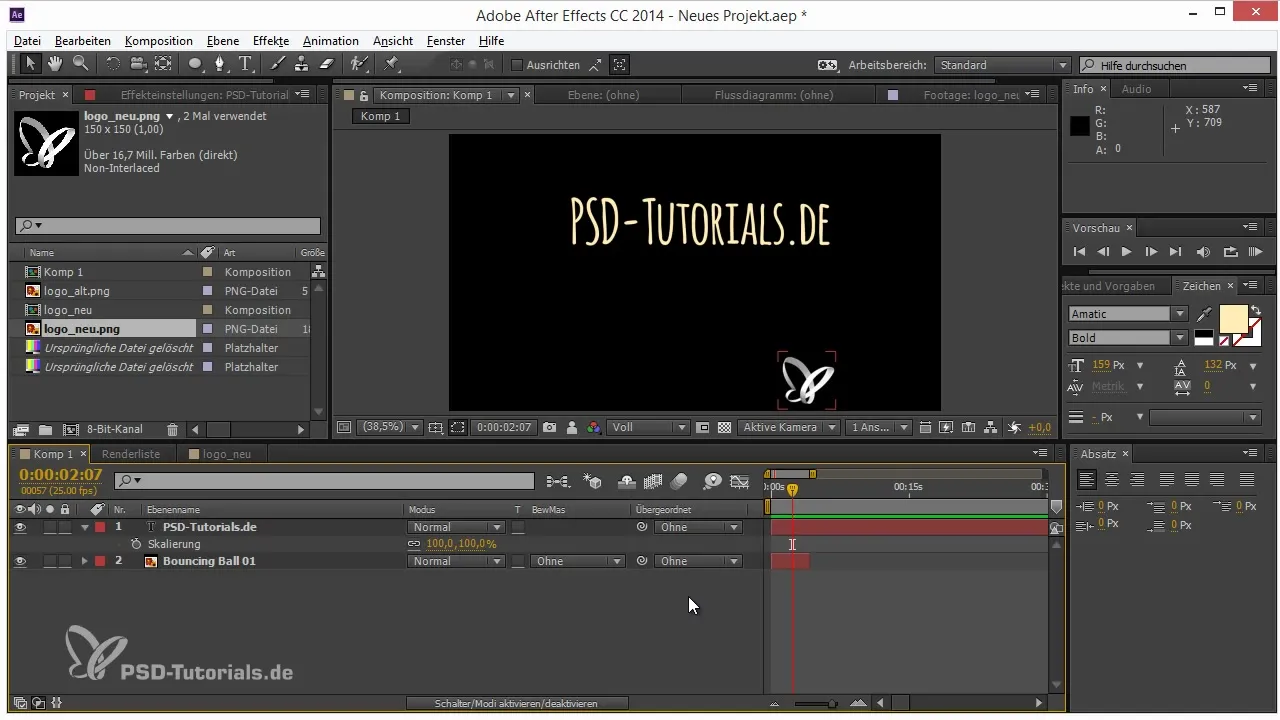
Once you have selected the tool, you can drag the anchor point to the desired location. Note that the position of your layer will change because the position is always defined relative to this point. Moving the anchor point to a specific location will affect the entire animation.
Step 2: Center the anchor point on the layer
Do you have multiple layers, or do you want to ensure that the anchor point is exactly in the center? It’s quite simple. Right-click on the layer and select the “Transform” command. Here you can adjust the anchor point. The command “Center anchor point in layer content” is a quick way to center the anchor point for one or more layers.
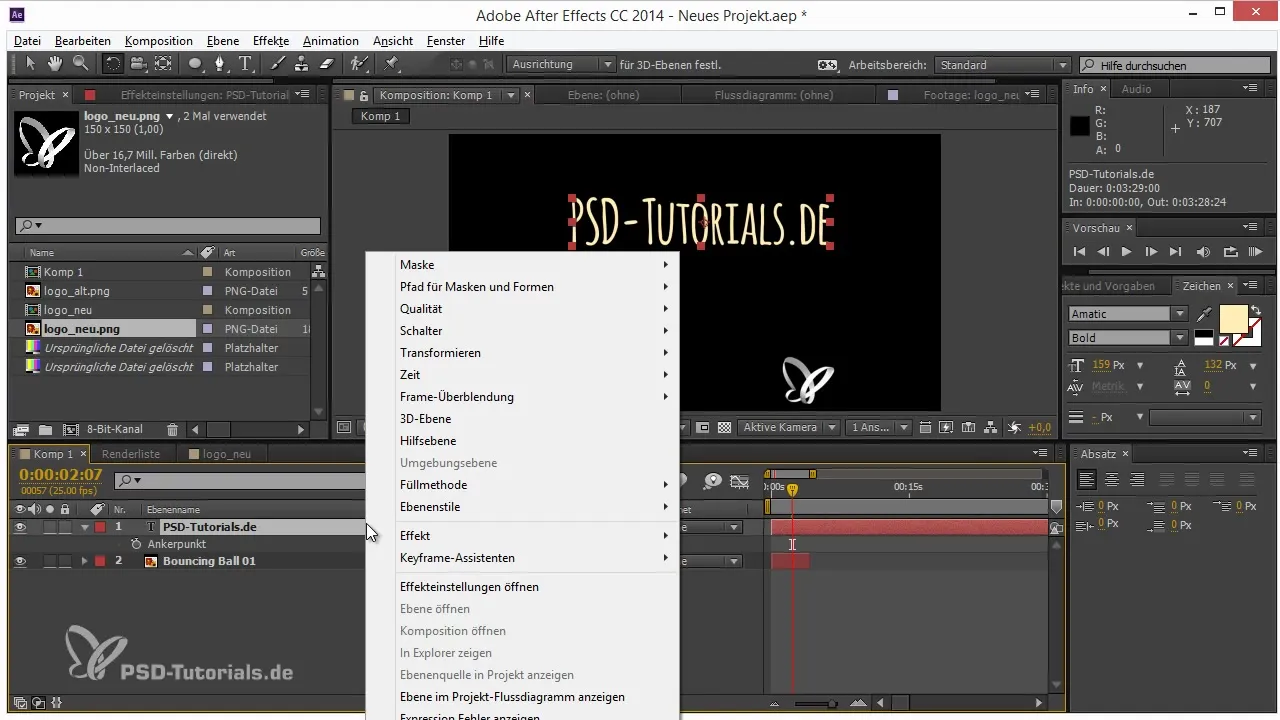
This works beautifully even if you have created multiple layers. For example, if you duplicate a layer, you can repeat the same steps to ensure that each layer has its anchor point perfectly in the center.
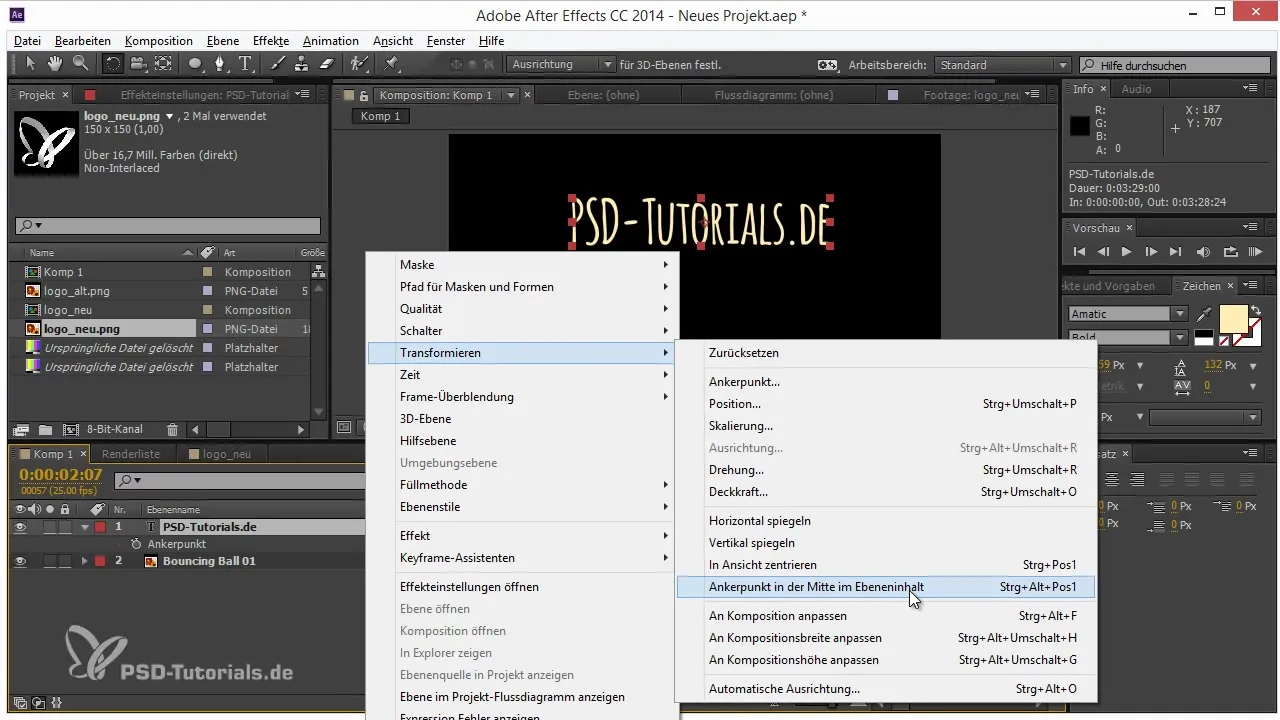
Step 3: Adjust anchor points for animated objects
When working with animated objects, handling the anchor point is often even trickier. Let’s take a butterfly animation as an example: if the anchor point of your butterfly is at the bottom, you may want to move it up so that the butterfly rotates from its upper corner.
To achieve this, you can use a null object. A null object acts as an invisible anchor node that allows you to move the anchor point to another position without altering the entire animation. Right-click and add a new null object.
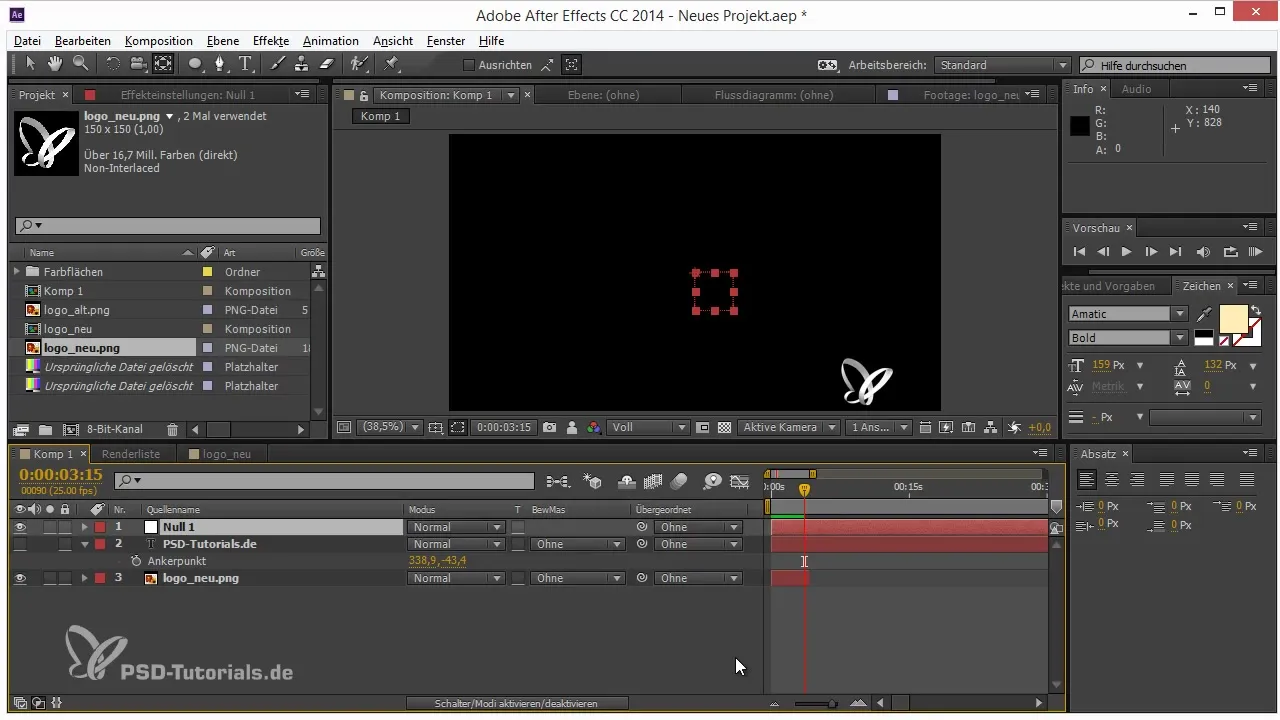
Then click on your animated object and apply the animation to it by transferring the keyframes. By ensuring that all movements are assigned to specific null objects, you can move the anchor point to the position you have desired until now.
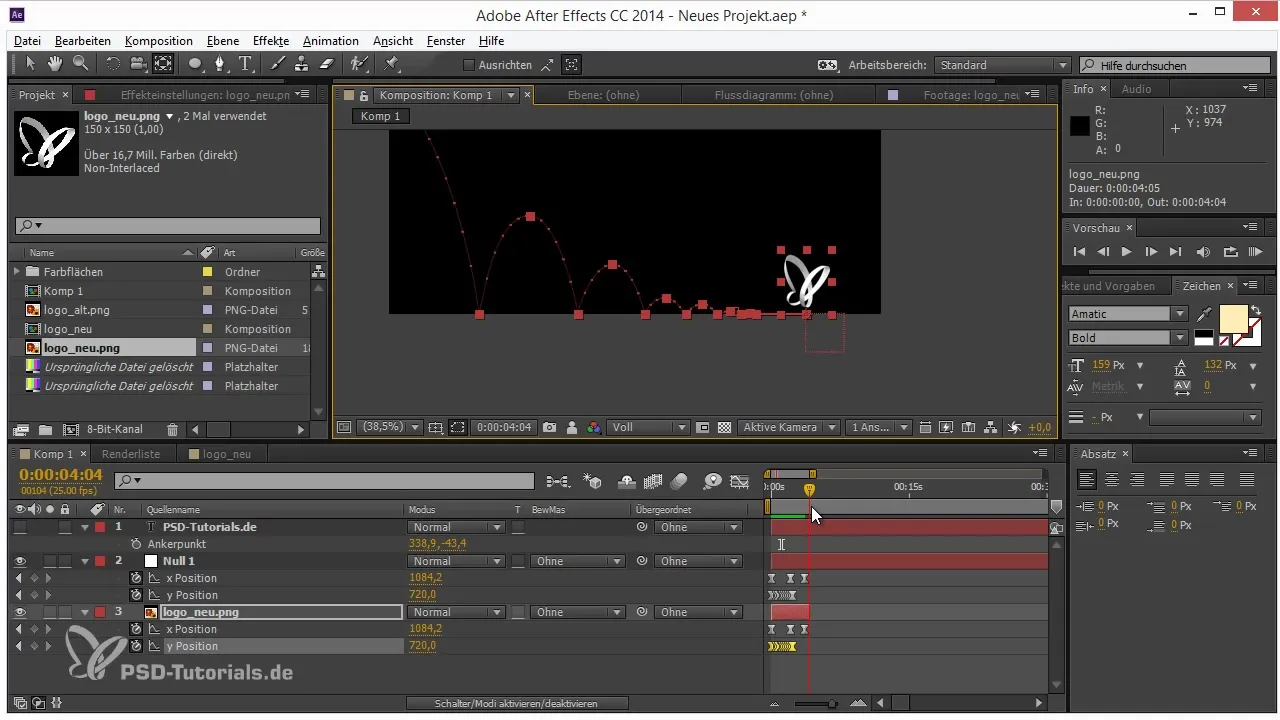
Step 4: Using multiple anchor points
Do you want to make your animations even more complex? It is possible to use multiple anchor points to control different aspects of your movement. For example, you can create another null object that has yet another null object subordinate to it. You can then place this at the desired spot of the object to further refine control over the animation.
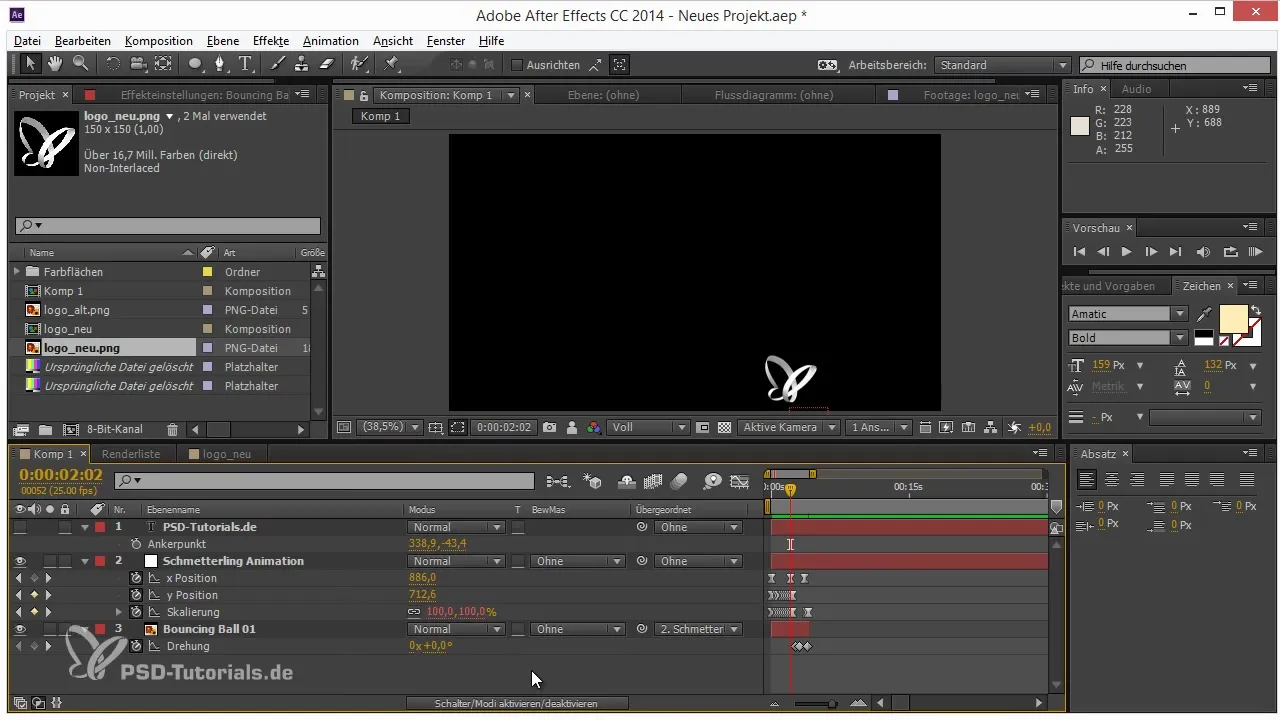
By creating additional null objects and attaching them to your animations, you can create a variety of anchor points. This approach makes working with complex animations easier and allows you to find many creative solutions when designing your projects.
Summary – Anchor Points in After Effects: Comprehensive Guide to Effective Use
In this guide, you have learned the basics of effective use of anchor points in After Effects. You now know how to switch an anchor point, change its position, and use multiple anchor points for animated objects. All these techniques will help you make your animations more precise and creative.
Frequently Asked Questions
What is an anchor point in After Effects?An anchor point is the central control point of a layer from which scaling and rotation occur.
How can I move the anchor point without affecting the entire layer?You can use the anchor point tool (Y) to move the anchor point precisely.
How do I set the anchor point in the center of my layer?Right-click on the layer, go to “Transform,” and select “Center anchor point in layer content.”
What is a null object and what is it used for?A null object is an invisible object that you can use to control other objects and their anchor points.
Can I create multiple anchor points for an object?Yes, by creating multiple null objects and attaching them to the main object, you can manage multiple anchor points.


